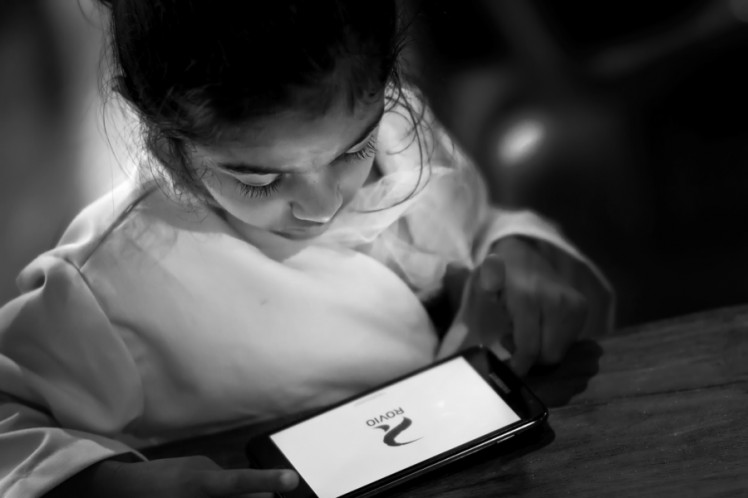Mobile marketing: The Tiniest Billboard
-
Claire Wiz Adamson
closeAuthor: Claire Wiz Adamson Name: Claire Adamson
Email: [email protected]
Site:
About: See Authors Posts (10)+

It’s been a long hard road filled with forgettable banner ads, spammy emails and invasive pop ups, but advertising has finally moved online. Not onto the computer as you may expect, but into our mobiles and tablets to change the way we interact with a brand. Social media has redefined the relationship that brands have with consumers, and branded apps have become the new billboard – smaller and cheaper than a huge canvas covering the outside of a building at a busy intersection and infinitely more engaging.
Mobile marketing and advertising has become less about entertaining and more about giving people something useful – a tool that will enhance their lives as they interact with a brand. It’s no longer about being the coolest or the most smartarse, it’s about being the strategic choice, one that offers benefits outside of the product or service itself. The rise of mobile technologies over the last few years has given advertisers countless opportunities to innovate and at the same time communicate that all-important brand message.
Branded mobile apps offer added value in spades. It’s genius when you consider it: a brand has a footprint on a person’s brain because every time they slide to unlock, there’s the logo right there on the main screen. An app provides a solution to a need, all the while keeping the brand in the mind of the user. And this is not a particularly invasive form of advertising because the consumer decides if they want the app or not. It’s like choosing to wear a branded t-shirt or not.
But as apps of all shapes and sizes saturate the market, it isn’t enough to just invent a need for your customers. You have to offer them something that’s both useful and innovative, something that stands out from other companies in your space. Some companies are doing this excellently: Walgreens, a giant drug store chain in the US, is offering customers a way to refill their prescriptions by scanning the barcode on the bottle and lets them know via push notification when their prescription is about to run out. Nike+ allows users to track and share all their running and fitness stats with their smartphone, which is a perfect fit for the Nike brand.
But of course, not everyone is winning this race. The supermarket giant Tesco has the world’s most boring app. Users can see how many clubcard points they have, manage their shopping list and browse recipes. According to AppTrace, it has an average rating of 2.5 stars and is a really good example of creating a solution to a problem that no-one has. Do I really need to look up customer reviews of a Tesco brand Rioja before I decide to shell out £4 for a bottle? Not really. There are a thousand other super cool things that Tesco could be doing to draw people toward its social media channels, which are actually pretty top notch. Starbucks is another example of a company app that had me yawning – users can manage their Starbucks card balance, look at the menu or find the nearest store. Surely there are more interesting things to be done here.
That combination of mobile technology and social media is key – which is why web apps like GoodBarber are a god-send to smaller businesses who can’t afford to hire an army of developers. GoodBarber is a code-free mobile app creation tool that lets users create and manage their own apps in house – perfect for small local businesses. It’s kind of like a Tumblr for apps. You choose your design, load up your company logo and then choose the social media plugins you want for your app, from WordPress and Tumblr to Instagram, flickr and of course Facebook.
You can then monitor all of the analytics surrounding your app and reach out to your customers using push notifications. It looks beautiful and while it’s maybe not as easy as setting up a company blog or a Twitter account, it’s much easier and cheaper than creating an app from scratch. GoodBarber is really valuable because it gives small companies the chance to rub shoulders with the big brands on that all-important home screen.
As the Internet of Things gobbles more and more devices into its jaws of connectedness and sharing everything online becomes second nature to us humans, it is imperative that big brands keep up. These companies have the money for ultra innovative advertising strategies, and they have the reach. Now they just need the inspiration.
Image: http://500px.com/photo/23615223
Videos
Recent Posts
-
The Data Story Show trailer is here— November 11, 2015
-
If you don’t feel comfortable with it, drop it
— October 28, 2015
-
Do you want to change your company’s corporate culture? Learn how now!
— October 13, 2015
-
The malleable nature of stories
— October 13, 2015
















